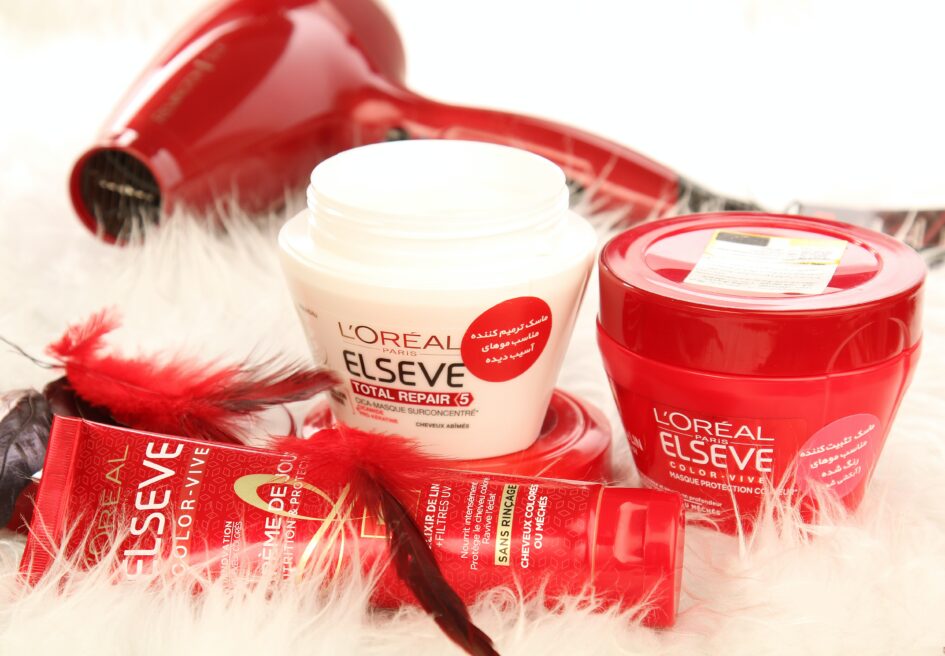Facts
The appellant “L’oréal” filed an application with the trademarks registry in Class 3 of the Trademarks Act, 1999 for the label “Pillow proof blowdry” which was used for its shampoos, gel, lotions, balm, wax, conditioners, powders etc. The said application was refused by the registry under Section 9(1)(1) which specifies no distinctive character of the goods or services.
After this refusal, the appellant filed an appeal in the High Court of Delhi and duly submitted the reply taking support of the identical mark registered under International Conventions and WIPO.
Issue
Whether the L’oréal mark “Pillow proof blowdry” is registrable or not?
Arguments
The appellant contended that the mark was in use since 2013 continuously without any interruption and interference under Class 3 of the Trademarks Act, 1999. Also, the subject matter of goods under the said label mark exclusively originated from the appellant. Moreover, they argued that an identical mark is registered in the USA as well as in Canada.
They also took the support of the provisions of Section 9 of the Trademarks Act, 1999 stating that the mark in question has already become distinctive because of its continuous, deliberative and non-interfered use and is against the descriptive objection thereof. The respondent on the other hand argued that the label mark was neither distinctive nor non-descriptive and hence, it was rightly refused.
Laws in Question
- Section 9, Trademarks Act, 1999
- Section 11, Trademarks Act, 1999
- Trademark Rules, 2002
Order
The court held that the registry could not ascertain any strong reasons for the refusal except for Section 9 and Section 11 of the Trademarks Act, 1999. It also held that although the label mark in question was made up of three common words in the English dictionary, it was still a unique combination. And this combination did not provide for any description of the goods. So, the random label mark in question cannot be refused merely under Section 9 of the Trademarks Act, 1999.
The court also held that the registry failed in justifying the reasons to decline this mark as a trademark under relative grounds of refusal dealt with by Section 11 of the Trademarks Act, 1999. It was also held that there was no earlier mark which was deceptively similar or identical hence, this was also an invalid ground for rejection.
Finally, the court held that the registry should grant the appellant the label mark to be used in the same combination as applied for and cannot use the mark individually as that will not be distinctive. The court also asked the registry to mention the condition in the journal that the mark so in question will only be used as the combination of words applied for and not individually.
By Preyansi Anand Desai, 3rd Year B.A. LL.B (Hons.), Faculty of Law, The Maharaja Sayajirao University of Baroda, Vadodara

